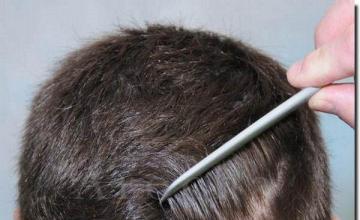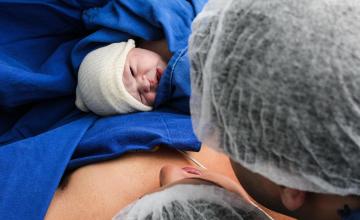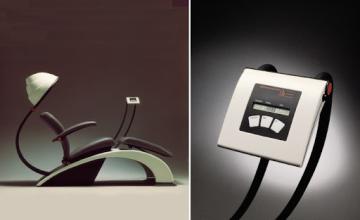A Hair Transplant - How to do it right.

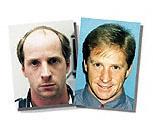
Today it is a very refined outpatient procedure that can produce full and natural looking results, even after only one hair transplant session.
When performed correctly not even a hair stylist will detect that a person has had a hair transplant.
However, to achieve such natural results it is critical that the hair transplant procedure be "performed correctly". To do so requires a hair restoration clinic that can perform a follicular unit hair transplant at the highest levels of skill, experience, and dedication.
What it takes to create natural results.
A great hair transplant is the result of using a state of the art surgical procedure and performing it with great skill and artistry. Today the acknowledged "gold standard" in hair transplant surgery is called "Ultra Refined Follicular Unit Hair Transplantation".
This relatively new hair transplant procedure enables a patient to achieve extremely natural results because it recreates and mimics the way a person's hair grows naturally, hair for hair.
Recreating Nature Hair for Hair
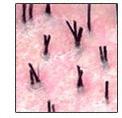
To understand this procedure you must first understand how hair grows naturally.
If you look closely at naturally growing hair using magnification you will see that hair actually grows in groupings of one, two, three, and four hairs.
These naturally occurring hair groupings grow in irregular patterns on the scalp similar to trees growing in the forest. These groupings are technically referred to as "follicular units".
By relocating these carefully prepared and isolated follicular units, physicians doing "follicular unit hair transplantation" recreate a natural pattern of hair in the balding areas.
Follicular Unit Hair Transplant tough on the clinic but easy on the patient.
To do this properly is a very time consuming process. It requires a team of skilled and meticulous medical technicians working closely with the lead physician.
All our physician members perform this hair transplant procedure with excellent results. They are granted membership in the Coalition of Independent Hair Restoration Physicians strictly based on their proven high level of experience, ethics, and skill in successfully performing this patient friendly procedure.
While the follicular unit procedure is more demanding upon the medical staff, it produces dramatic and life long advantages for the patient such as undetectable naturalness, rapid healing, and optimal use of their limited donor hair.
The Standard Hair Transplant, easy on the clinic but not on the patient.
Only a minority of hair transplant surgeons are committed to doing the follicular unit procedure properly. Many physicians continue to dissect grafts without regard to the integrity of the follicular units. Follicular units are often transected and damaged as donor tissue is cut to conform to the size of the recipient holes rather than to maintain the integrity of the follicular units.
Such common standard hair transplant procedures are quicker and simpler to perform than follicular unit hair transplantation from the hair transplant surgeon's perspective. The standard hair transplant procedure is also often more profitable for the clinic since it requires less staff time, training, resources, and skill. However, the results are generally suboptimal for the patient.
Respecting the Follicular Unit

Each follicular unit is surrounded by small glands, blood vessels, nerves, and a connective tissue sac making it a tiny self contained unit.
If these follicular units are damaged during removal or dissection, the hair may grow poorly.
Therefore it is important to cut only in the loose tissue between the follicular units to keep each follicular unit intact and avoid damaging it.


